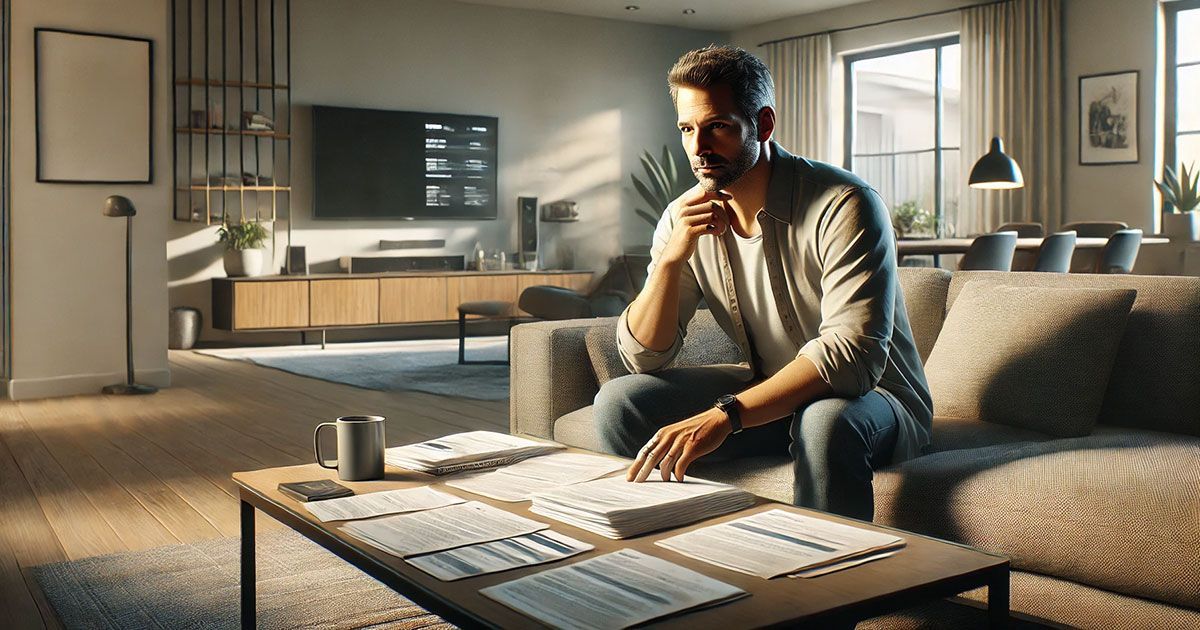Buy a Home, Keep the Seller’s Rate
With interest rates nearing 7%, many homebuyers in the U.S. are exploring assumable mortgages as a strategic way to save money. By taking over a seller’s existing home loan with a lower interest rate, buyers can reduce their monthly mortgage payments significantly. This article explains how assumable mortgages work and why they’re gaining popularity in today’s housing market.
A New Path to Affordability
In today’s housing market, where interest rates for new mortgages often hover around 6.5% to 7%, many buyers are finding it difficult to afford monthly payments. As a result, some are turning to an option that was once considered rare: the assumable mortgage. This financing method allows a homebuyer to take over the seller’s existing mortgage, along with its interest rate, repayment schedule, and remaining loan balance. In doing so, the buyer may sidestep current market rates and enjoy significantly lower monthly payments, especially if the original mortgage was secured before rates began to climb.
What Assumption Really Means
An assumable mortgage essentially means that the buyer steps into the financial shoes of the seller. The new homeowner agrees to take over the loan, continuing the payments based on the original terms. This can be particularly beneficial when the seller’s loan was issued during a period of historically low interest rates, such as 2020 or 2021. For example, if the seller has a 3% mortgage and today’s average is close to 7%, the buyer could save hundreds of dollars each month—and tens of thousands over the life of the loan.
Which Mortgages Qualify
However, not all mortgages are assumable. The option is typically available for government-backed loans such as FHA, VA, or USDA mortgages. These loan programs generally include clauses that permit assumption, provided that the buyer qualifies under the lender’s standards. In contrast, conventional mortgages usually do not offer this option unless specifically stated in the loan contract. Before proceeding, a potential buyer must first verify that the seller’s loan can, in fact, be assumed.
How the Process Works
The assumption process itself resembles the steps of applying for a traditional mortgage. The buyer must still be approved by the current lender, who will assess the buyer’s credit score, income, and financial health to ensure they are capable of maintaining the loan. Additionally, if the home has increased in value since the original mortgage was taken out, the buyer will need to cover the difference between the mortgage balance and the current sale price. This is known as the equity gap, and it must typically be paid in cash or financed through a secondary loan.
Win-Win for Buyers and Sellers
Despite the added complexity, both buyers and sellers can benefit from this arrangement. Buyers, of course, gain access to better loan terms that may no longer be available on the open market. In a high-rate environment, this could be the key to affording a home that would otherwise be out of reach. Meanwhile, sellers can market their homes more attractively by highlighting the lower interest rate available through assumption. This feature can give a property a competitive edge, especially when compared to other listings that require full-priced new mortgages.
Things to Watch Out For
It’s important to be aware of some challenges as well. The equity portion may be significant, particularly in hot housing markets where prices have risen sharply. Additionally, the process of getting lender approval for the assumption can be time-consuming, and not all lenders are eager to process these types of transactions. Some may require extensive documentation or offer slower timelines than typical mortgage applications. Furthermore, assumable loans generally do not allow buyers to borrow extra funds for renovations, moving costs, or other needs, as they are tied to the original loan balance.
Final Thoughts
In conclusion, assumable mortgages are gaining traction for good reason. They offer a practical way to reduce borrowing costs and monthly expenses in an otherwise expensive real estate environment. While they’re not suitable for every transaction or buyer, they can be a smart and effective solution for those who qualify and are prepared to handle the up-front equity requirements. As more buyers and sellers learn about this strategy, assumable mortgages are likely to become a valuable tool in navigating the complexities of the 2025 housing market.




